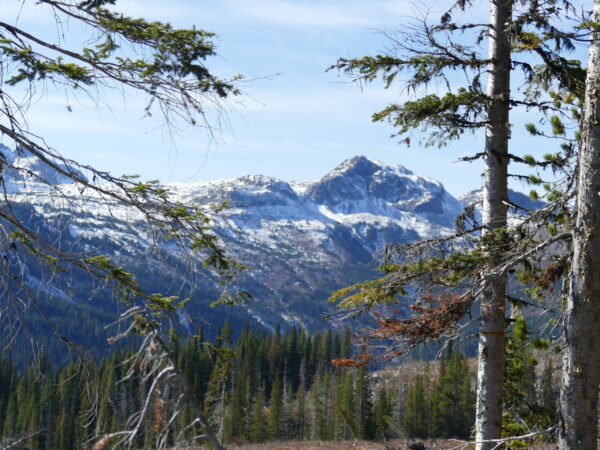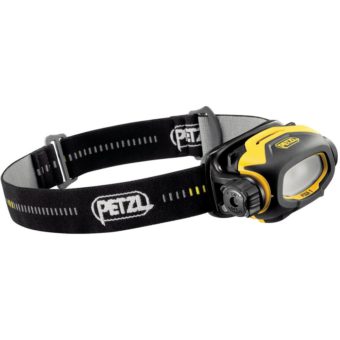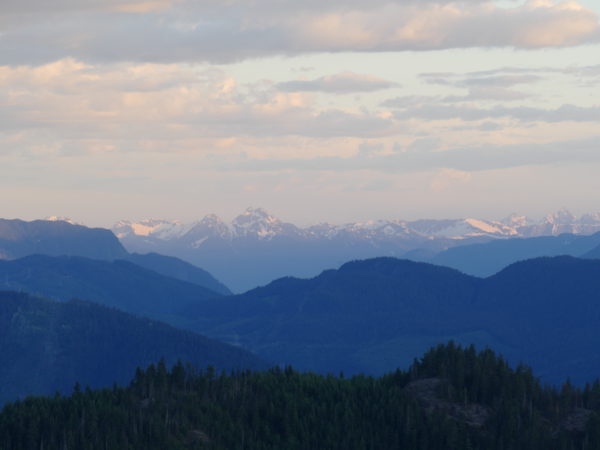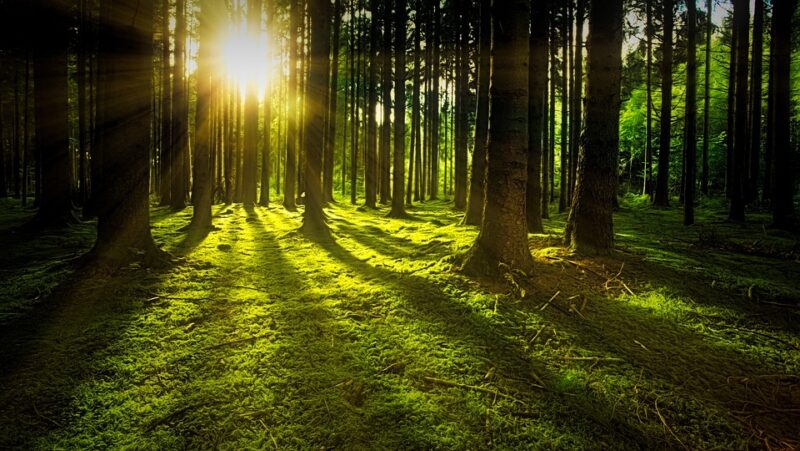Did You Miss Out
To everyone who was waiting for a major event to make use of their survival skills, I am disappointed. Here in the Great White North, the numbers of survivalists heading for the bush, appears to be small indeed. In fact, the good doctor ordered everyone to stay indoors, where it would be safer, … for the rough and ready.
A vicarious bug-out experience on the internet is more du jour. Why spend cold, wet nights in the wilderness, when it can be done on a screen, in the comfort of your own home. I personally don’t know anyone who has suffered that much, especially the ones who have had to work through this pandemic. The greatest damage has been sustained by those fettered to a television screen.

If you’ve missed out on this opportunity to leave the mayhem, and say goodbye to civilization forever, I feel sorry for you. These events happen very rarely, after all, this was a pandemic. Big Brother says there’s another one scheduled for September, if you’ve missed this one.
Now, let’s see if I’m ready. What will I need, to hit-the-bush running in September?
My 10 Essentials for Wilderness Survival
1. Shelter
I always put shelter at the top of my list, because Murphy, of Murphy’s Law fame, spends a lot of time in Canada, where I live. This I know for a fact because every time I plan a fun week-end in the mountains, it rains, it not only rains, but it rains a lot. When the rains stop, the snow begins to fall. Rain and Snow have always been good reasons for me to remember this very important component of my Survival Kit. For this purpose, I carry 10 feet by 10 feet tarp. These tarps are inexpensive, easy to repair, (more on that later), and easy to obtain. In addition to the above, they are light in weight.
2. Fire
Fire provides heat, the ability to boil water for purification, and some degree of protection from wild beasts. The easiest way to fulfill this requirement is with a ferro-rod or a Bic-lighter. There are dozens of other fire-starters on the market and this I will explore in another post. If you have no fire-starters at home, simply stop at the corner store and buy 2 Bic-lighters, done. Always have 2 fire-starters on hand because if you only bring 1, I can guaranty that it will break, it won’t work, or you or your dog will lose it.
3. Tools that Cut

These are knives, saws, and axes. If you’re new at this, keep it simple. 1 good quality fixed blade knife and a second folding knife , and if you’re young and strong add a good quality folding saw. Forget about the ax, especially if you’ve never used one. They are unnecessary for for most “fun” hikes in the outdoors. This is the most dangerous tool to bring in the bush. I only bring my ax in winter for cold overnight stays. Years of experience have taught me to respect the axe. When they hurt, they hurt bad!
4. Pots and Pans
Remember to take a moment to reflect on WHO is going to be carrying all this stuff. you guessed it, … it’s going to be YOU! Again, light in weight and of good quality. I carry a 1-liter water bottle, nestled into a titanium pot. this system takes less space, and i have 2 containers to carry and store water. I prefer clear water bottles because over time, a lot of crap ends up in your water bottle, so if you can’t SEE it, you’re drinking it! I always carry a LifeStraw to filter my water.
5. Rope and Tape
Rope of various diameters and strength have 100s of uses in the wilderness. Tape is duct-tape. Today’s Duct Tape can pull your ATV, calm down a gorilla, or even patch a hole in my tarp, and in your shelter. Don’t leave home without it!
6. Headlamps

If I have a choice between a headlamp and a flashlight I’ll pick the headlamp simply because it leaves your hands free to do other things. Having said that, modern flashlights have extremely powerful beams and are an excellent 2nd option. Don’t forget the batteries. My rule of thumb is, 2 lights, 3 sets of batteries, when all my units use AAAs. Your spare battery content must reflect your lighting requirements.
7. A Compass
Better still, a map and compass. If you’re visiting a new area it’s always good to have a map of the area. This gives you a heads-up on the terrain you will be travelling through. Being prepared works for the Boy Scouts, and it’s always worked for me. Learn what “declination” means, and learn how to use a compass. I prefer a compass because no batteries are required.
8. First Aid
A small First Aid kit is an insurance policy. There are many on the market that are lightweight and well supplied with the basics. Many contain a small manual that you should read and understand. A one-day First Aid course is time well spent.
9. Small Tools Pouch
My small tools pouch contains a few extras that are light in weight and always handy to have. A small whetstone, a whistle, zap straps, and such. This is your pouch of things and tools, that will be helpful for You.
10. A Comfortable Backpack
In the beginning when I started going into the bush, I carried very little with me, but I always had a knife and matches, a backpack, a tarp for shelter, rope, a small pot, and food. At some point, I became a “gearhead”, and pretty soon I was carrying all kinds of crazy shit that was basically useless. Keep the junk where it belongs and don’t carry it on your back.
Throw in a bottle of water and some snacks and you’re done.
That’s All Folks!
Hiking and Camping are always a fun time. Hiking requires a lot less preparation and this experience will help you decide what’s worth carrying and what’s best to leave at home.
Hiking or Walking, is an excellent cardiovascular exercise. Keep your backpack handy and well supplied. Don’t empty it and use it to go to the gym or to work, make it your bug-out bag and you’ll always be ready, to head for the hills, whenever an ” “event” raises its ugly head.

I always love to hear or read about someone’s adventures. You can Contact Me at this link with your tips, questions, or suggestions. Check my links above for more information, and to purchase some of the supplies that you’re missing.
Happy Trails and Pleasant Hiking!

